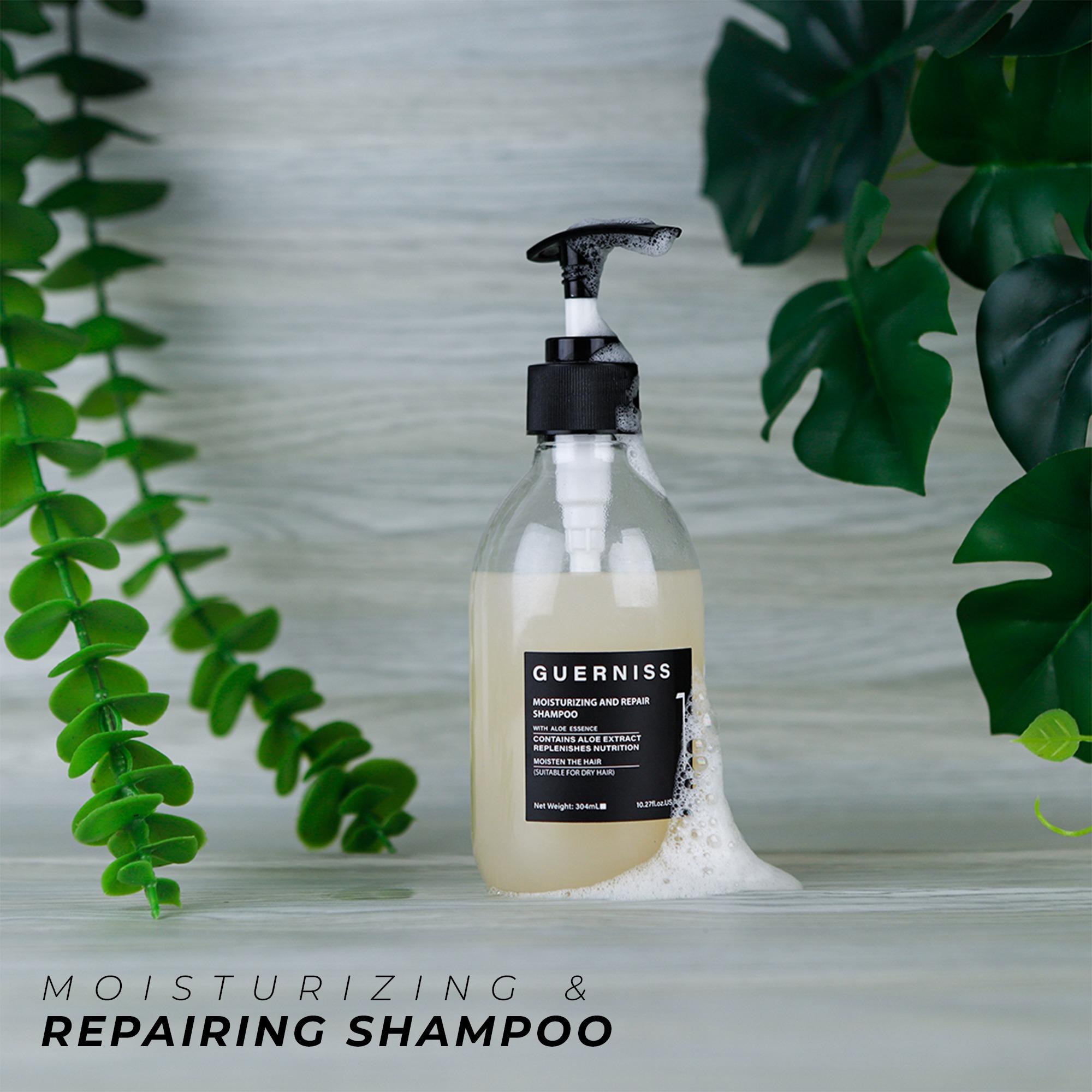In the intricate tapestry of human biology, sebum often plays the role of an unsung hero, weaving its way through the strands of our hair and the layers of our skin. This natural oil, produced by sebaceous glands, is frequently overlooked in discussions of hair health, overshadowed by the allure of commercial products promising instant shine and volume. Yet, sebum is the body’s original conditioner, a vital component that protects, nourishes, and maintains the delicate balance of the scalp ecosystem. In this article, we delve into the fascinating world of sebum, exploring its pivotal role in hair health and offering expert insights on how to harness its benefits. Whether you struggle with an oily scalp or battle dryness, understanding and managing sebum can unlock the secret to vibrant, resilient hair. Join us as we unravel the mysteries of this essential oil, guiding you towards a healthier hair care routine rooted in science and nature.
Understanding Sebum: The Natural Protector of Your Hair

Sebum, an oily substance produced by sebaceous glands, plays a vital role in maintaining the health and vitality of your hair. It acts as a natural conditioner, forming a protective barrier that helps to lock in moisture and prevent hair from becoming dry and brittle. This protective layer also guards against environmental aggressors like pollution and UV rays, which can damage hair cuticles. The balance of sebum is crucial; too little can lead to dryness and breakage, while too much can make hair greasy and weigh it down.
- Hydration: Sebum keeps hair strands moisturized, enhancing elasticity and reducing breakage.
- Protection: Shields hair from external damage and helps maintain a healthy scalp environment.
- Balance: Proper sebum production ensures that hair does not become overly oily or too dry.
Understanding how to manage sebum production can significantly improve hair health. Regular washing with a mild shampoo can help control excess oil, while using a conditioner can assist in maintaining moisture for those with drier hair. For individuals with naturally oily hair, incorporating clay-based or clarifying treatments may help absorb excess sebum. Additionally, maintaining a balanced diet and reducing stress can also contribute to optimal sebum production.
Unlocking the Secrets to Balancing Sebum Production for Optimal Hair Health

To achieve luscious locks and a healthy scalp, understanding and balancing sebum production is key. Sebum, the natural oil produced by our scalp, plays a crucial role in maintaining hair health by providing moisture, protecting against external aggressors, and ensuring that your hair remains supple and vibrant. However, too much or too little sebum can lead to a host of hair issues, from greasiness to dryness.
- Identify Your Hair Type: Understanding whether your hair is oily, dry, or normal helps tailor your hair care routine to balance sebum effectively.
- Opt for the Right Products: Use shampoos and conditioners that are specifically formulated for your hair type. For oily hair, choose products with ingredients like tea tree oil or salicylic acid, which help control excess sebum. For dry hair, opt for moisturizing ingredients like argan oil or shea butter.
- Scalp Care is Essential: Regular scalp massages can stimulate blood circulation and help distribute natural oils evenly. Consider incorporating a gentle exfoliating scrub to remove excess buildup without stripping away necessary oils.
Embrace a routine that respects your scalp’s natural balance. By focusing on the right techniques and products, you can unlock the secrets to maintaining optimal sebum production, paving the way for healthier, more resilient hair.
Expert Tips and Strategies for Managing Excess Sebum and Achieving Lustrous Locks
Unlock the secrets to managing sebum and transforming your hair into a cascade of luster. Begin with a balanced hair care routine that targets the roots of sebum production. This involves using shampoos that are specifically formulated for oily hair, which often contain ingredients like salicylic acid or tea tree oil to gently cleanse the scalp without stripping it of its natural oils. Be mindful of over-washing, as this can trigger the scalp to produce even more sebum. Instead, aim for a consistent washing schedule that suits your hair type and lifestyle.
- Diet Matters: Incorporate foods rich in omega-3 fatty acids, zinc, and vitamins A and E to help regulate sebum production.
- Scalp Care: Regular exfoliation with a gentle scrub can remove excess oil and product buildup, promoting a healthier scalp environment.
- Product Choice: Opt for lightweight, non-comedogenic styling products to avoid weighing down your hair and clogging follicles.
Consider adding a weekly hair mask or treatment to your regimen to nourish your hair while keeping sebum levels in check. Look for masks that include clay or activated charcoal, known for their oil-absorbing properties. Remember, managing sebum is about striking the perfect balance to maintain a scalp that’s neither too oily nor too dry, paving the way for truly lustrous locks.


